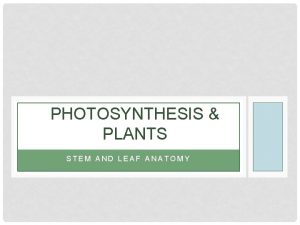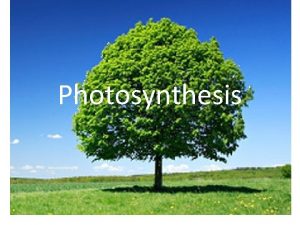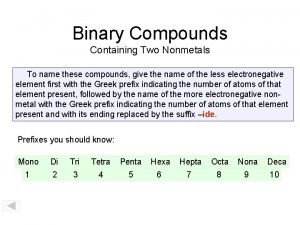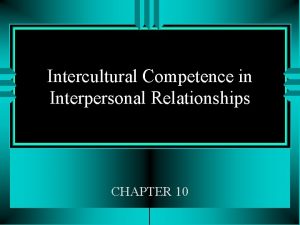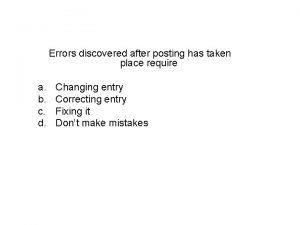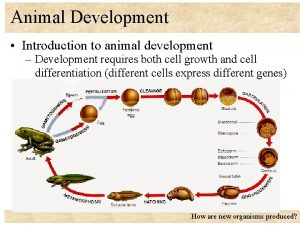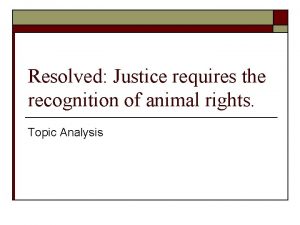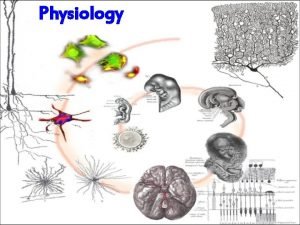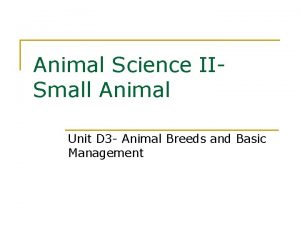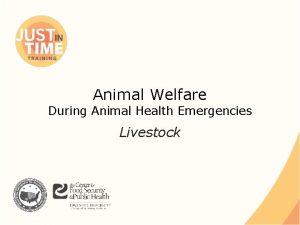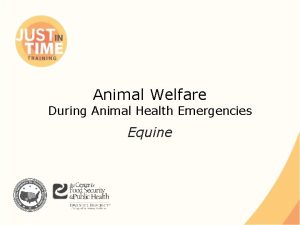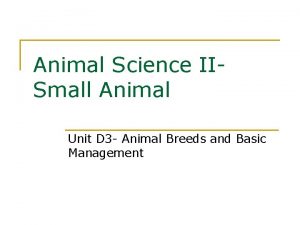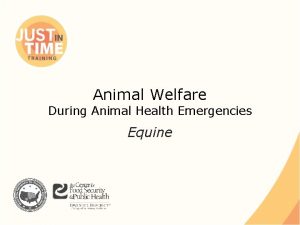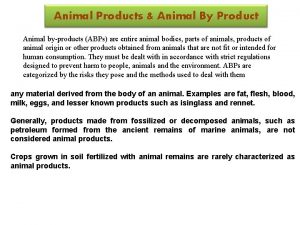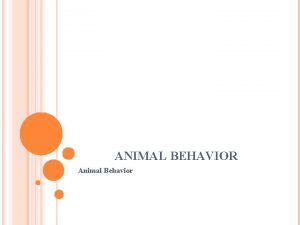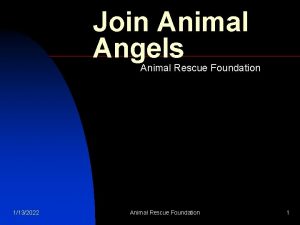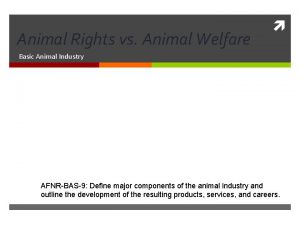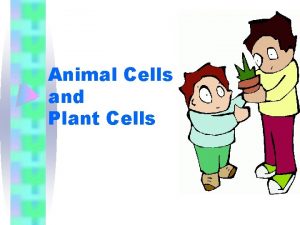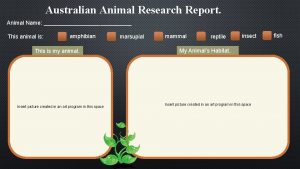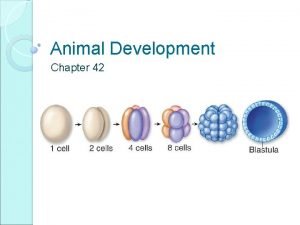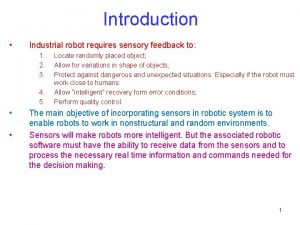Animal Development Introduction to animal development Development requires

























- Slides: 25

Animal Development • Introduction to animal development – Development requires both cell growth and cell differentiation (different cells express different genes) How are new organisms produced?

Animal Development • Stages of development – Fertilization • Fertilization = union of gametes (sperm & egg) • 3 steps involved in fertilization – Penetration: head of sperm (acrosome) release enzymes to digest glycoprotein layer (zona pellucida) surrounding egg How are new organisms produced?

Animal Development • Stages of development – Fertilization • 3 steps involved in fertilization – Activation: sperm physically contacts egg plasma membrane » final meiotic division produces two egg nuclei, one retained as haploid egg nucleus within egg (mammals) » Cytoplasm rotates toward site of sperm entry; creates gray crescent on opposite side, establishing dorsal-ventral orientation » Produces increase in protein synthesis to prepare for cell divisions How are new organisms produced?

Animal Development • Stages of development – Fertilization • 3 steps involved in fertilization – Nuclei fusion: fusion of sperm nucleus with egg nucleus to form diploid zygote – Two hemispheres of zygote » Animal pole: pole where cells divide faster and are smaller; develops into ectoderm » Vegetal pole: pole where cells contain yolk, divide slower and are larger; develops into endoderm How are new organisms produced?

Animal Development • Stages of development – Cleavage • Cleavage begins within an hour of fertilization; series of mitotic divisions • Zygote divides into 2, 4, 8, … smaller and smaller blastomeres without increasing size of embryo • Cleavage involves about 12 divisions resulting in solid ball of blastomeres How are new organisms produced?

Animal Development • Stages of development – Cleavage • Pattern of cleavage divisions depends on amount of yolk in zygote – If little yolk (lancelets), holoblastic cleavage produces similarsized blastomeres – If lots of yolk in vegetal pole (frogs), holoblastic cleavage produces different-sized blastomeres How are new organisms produced?

Animal Development • Stages of development – Cleavage • Pattern of cleavage divisions – In birds and reptiles. . . » Egg all yolk except for small area at one pole, cleavage only occurs in this area (called bastodisc) » Cleavage pattern called meroblastic; embryo forms like a cap on yolk How are new organisms produced?

Animal Development • Stages of development – Cleavage • Pattern of cleavage divisions – In mammals. . . » Holoblastic cleavage except concentrated at one pole (inner cell mass analogous to blastodisc) » Cells surrounding inner cell mass (trophoblast) become part of the placenta How are new organisms produced?

Animal Development • Stages of development – Blastula • Stage characterized by hollow ball of cells – At about 16 -cell stage of cleavage, interior cells create osmotic gradient causing water to fill extracellular spaces – fluid-filled part of blastula is blastocoel – For short period of time, cells of mammalian blastula can develop into most of the cells types in the body; these are embryonic stem cells How are new organisms produced?

Animal Development • Stages of development – Gastrulation • Gastrulation = initial movement of cells in embryo – Invagination: dent inward – Involution: roll inward • Creates anterior-posterior orientation of embryo (bilateral symmetry) and archenteron (gut of embryo) • Cell movement during gastrulation creates three embryonic tissue layers: – Endoderm: digestive, respiratory, and most other organs – Ectoderm: skin, nervous system – Mesoderm: notochord, bones, blood vessels, muscles How are new organisms produced?

Animal Development • Stages of development How are new organisms produced?

Animal Development • Stages of development – Gastrulation • Cell movement during gastrulation: – Migrating cells move by changing shape – migrating cells have surface molecules that adhere to adjacent cells; cells move as a unit How are new organisms produced?

Animal Development • Stages of development – Gastrulation in primitive chordates (e. g. lancelets) • Surface of blastula invaginates into blastocoel • 2 -layered (endoderm, ectoderm), cup-shaped embryo is gastrula • Opening created by cell migration is archenteron • Opening of archenteron is blastopore How are new organisms produced?

Animal Development • Stages of development – Gastrulation in most aquatic vertebrates • Gastrulation more complex because of size differences between animal and vegetal cells • Major steps: – Layer of surface cells invaginates at blastopore (dorsal lip of blastopore) – Cells from animal pole involute over dorsal lip, causing inner cells to fill blastocoel and create archenteron – Inner cells involuted over dorsal lip move between layers to form mesoderm How are new organisms produced?

Animal Development • Stages of development – Gastrulation in most aquatic vertebrates • Major steps: – Opening of blastopore becomes filled with inner yolk-filled cells creating yolk plug – 3 tissue layers established; prepares embryo for tissue differentiation and development of organs How are new organisms produced?

Animal Development • Stages of development – Gastrulation in terrestrial vertebrates • Embryo develops in blastodisc or inner cell mass – Lower and upper cells layers differentiate into endoderm and ectoderm without cell movement – Cells of ectoderm invaginate and involute at primitive streak to produce mesoderm How are new organisms produced?

Animal Development • Stages of development – Neurulation • Ectoderm cells elongate into neural plate as notochord develops from mesoderm below – Induction = one embryonic region influences development of adjacent region • Cells in neural plate changes shape, eventually rolling into neural tube which then develops into brain and spinal cord How are new organisms produced?

Animal Development • Stages of development – Neurulation • During formation of neural tube, mesoderm creates coelom and some organs • In vertebrates, neural crest forms like ‘roof’ of neural tube How are new organisms produced?

Animal Development • Stages of development – Cell migration, organogenesis and growth • Neural crest cells migrate to different areas of embryo – Anterior: produce forebrain, sense organs – Posterior: produce gill arches, muscle somites – Ventral: produce Schwann cells, adrenal medulla How are new organisms produced?

Animal Development • Stages of development (review) How are new organisms produced?

Animal Development • Stages of development (review) How are new organisms produced?

Animal Development • Stages of development (review) How are new organisms produced?

Animal Development • Cell communication during development – Induction • Certain act as organizers; induce changes in adjacent cells • Organizers produce protein that binds to target cells; cause changes in gene expression (based on concentration) How are new organisms produced?

Animal Development • Cell communication during development – Induction • Primary induction involves embryonic tissue types: endoderm, mesoderm and ectoderm (e. g. mesoderm of notochord inducing ectoderm to produce neural tube) • Secondary induction involves already differentiated tissue What would happen if cells of optic stalk moved elsewhere? How are new organisms produced?

Animal Development • Cell communication during development – All cells of embryo genetically identical • How does embryo develop specialized cells? – Different genes expressed in different cells – As cells specialize they lose ability to express more and more genes (development involves progressive restriction of gene expression) » Early blastomere are totipotent (capable of expressing all genes) » Some cells (e. g. egg cells) become determined early in development because of their location in embryo » Other cells become committed later in development How are new organisms produced?
 Articles of the code of ethics are broad statements
Articles of the code of ethics are broad statements Code of ethics 3 major sections
Code of ethics 3 major sections Simple paragraph examples
Simple paragraph examples Optimal level of product availability
Optimal level of product availability ไทย
ไทย Photosynthesis requires
Photosynthesis requires True or false: mla requires a title page.
True or false: mla requires a title page. Hammock carry procedure
Hammock carry procedure Argumentative genre examples
Argumentative genre examples Which path requires the most energy
Which path requires the most energy Using the random class requires an import statement
Using the random class requires an import statement Photomath pochodna
Photomath pochodna A nine box matrix requires assessing employees on ________.
A nine box matrix requires assessing employees on ________. Vegetative reproduction requires mieosis.
Vegetative reproduction requires mieosis. Sexual reproduction
Sexual reproduction What kind of physical activity
What kind of physical activity Practice types of cellular transport
Practice types of cellular transport Endocytosis vs exocytosis
Endocytosis vs exocytosis Intersubjectivity requires accepting
Intersubjectivity requires accepting Multinational financial management requires that
Multinational financial management requires that Awareness requires totally focusing attention on the task.
Awareness requires totally focusing attention on the task. Type 3 compounds
Type 3 compounds Multinational financial management requires that
Multinational financial management requires that The apt requires a benchmark portfolio
The apt requires a benchmark portfolio Interpersonal communication competence requires
Interpersonal communication competence requires Errors discovered after posting has taken place requires
Errors discovered after posting has taken place requires




